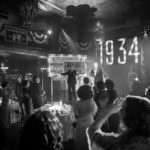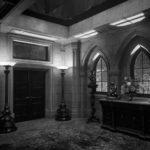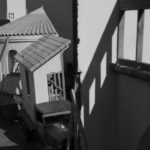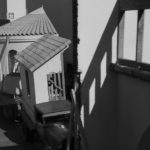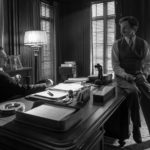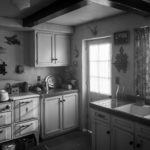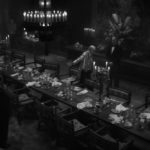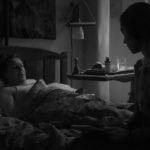Behind the Scenes of Mank
Author:Abigail StoneProduction Designer Donald Graham Burt and set decorator Jan Pascale on creating the look of David Fincher’s Mank
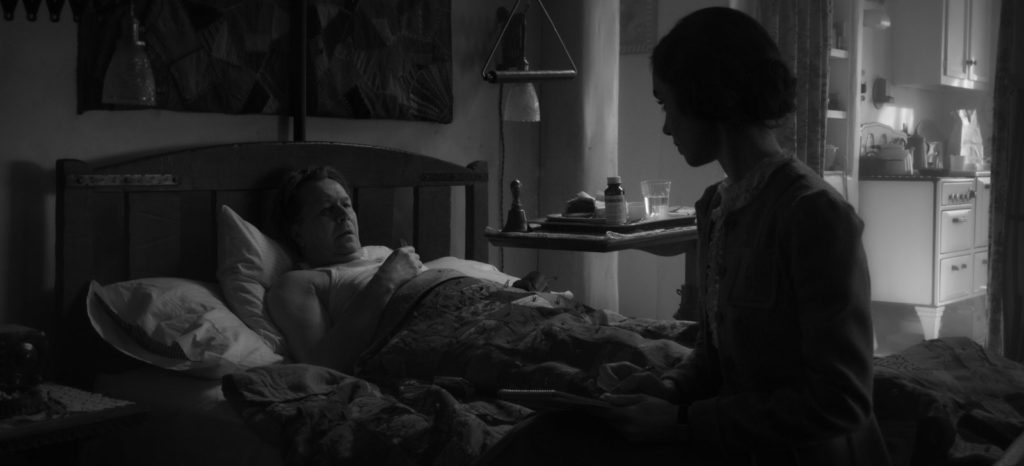
Mank, directed by David Fincher, centers around the struggles of writer Herman Mankiewicz as he tackles the screenplay for the movie Citizen Kane. The film has 10 nominations – including Production Design — heading into this year’s 93rd Academy Awards celebration which will take place this Sunday, April 25th, beginning at 5 pm PDT.
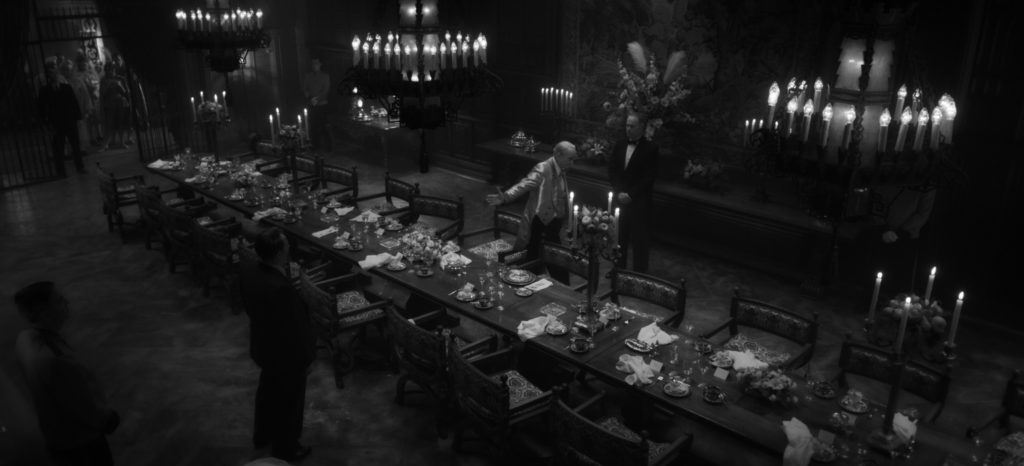
Production Designer Donald Graham Burt and set decorator Jan Pascale deserve much of the credit for the film’s success in creating the look and feel of Hollywood’s Golden Age. Their work, which dances nimbly around the film’s triple handcuffs: historical accuracy, limited financial resources (“We had a tighter budget than most people realize,” says Burt) and Fincher’s decision to shoot in black and white, is a true testament to their ingenuity and resourcefulness.
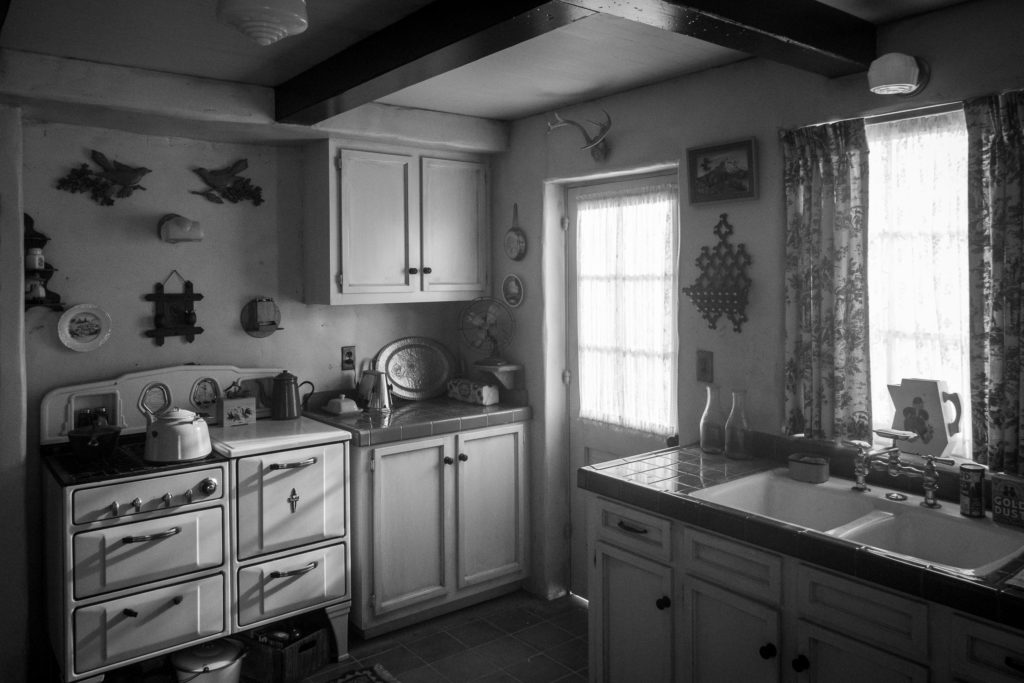
Most of the accolades have been centered around their reproduction of Hearst Castle, the San Simeon estate that was the home of William Randolph Hearst, the powerful newspaper magnate whose life was the inspiration for Citizen Kane. Instead of trying to re-create the luxe, layered interiors and the opulent gardens of Hearst Castle, Burt and Pascale focused on conjuring up a mood. “It was one of those things of let’s emulate it, let’s not try to replicate it,” says Burt, “Let’s put forth the grandeur and use the elements that have been contiguous in our research. For the interior, it was the fireplaces and, set dressing-wise [for the setting of the birthday dinner for studio head Louis B. Mayer that is the centerpiece of the film], the tapestries and the long table. For the exteriors, it was the sculpted lights, some of the balustrades and the stonework and the metal work.” The long shots of the exterior of San Simeon capture a house in Pasadena.
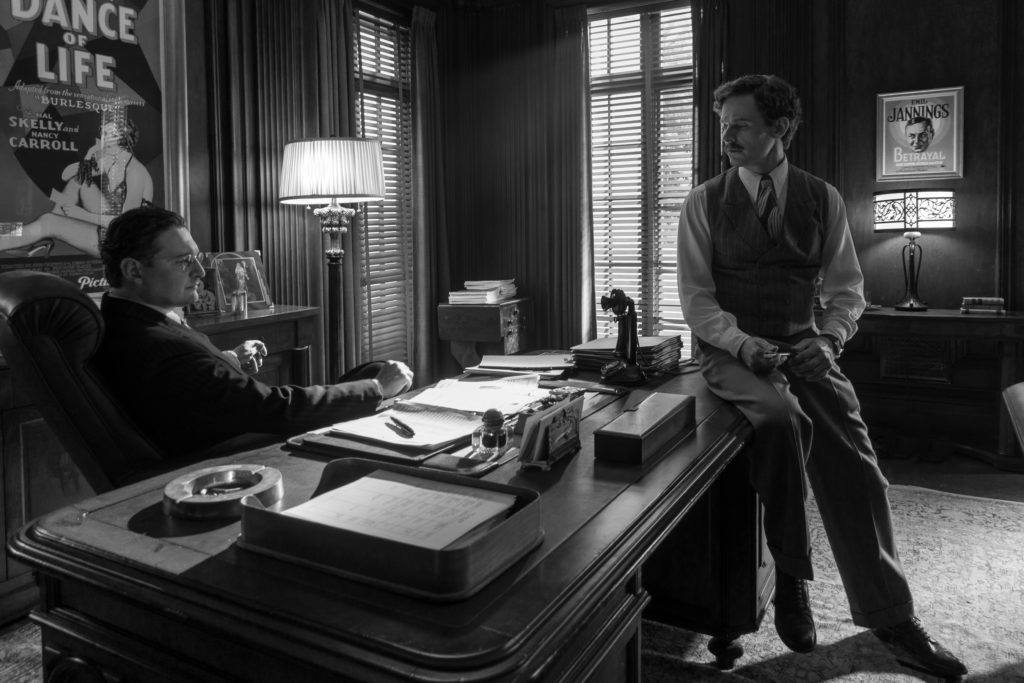
Scenes that look like they are taking place in the same location were often pieced together. “In one scene, Mank wakes up drunk — he’s at Getty Villa. Then he comes outside and walks across the lawn — that’s at Huntington Gardens — then he walks down further and looks down — that’s also at Huntington — and then see Marion Davies at the stake — which is at Ventura Farms in Malibu,” Pascale says, unraveling one seemingly simple sequence into its composite parts.
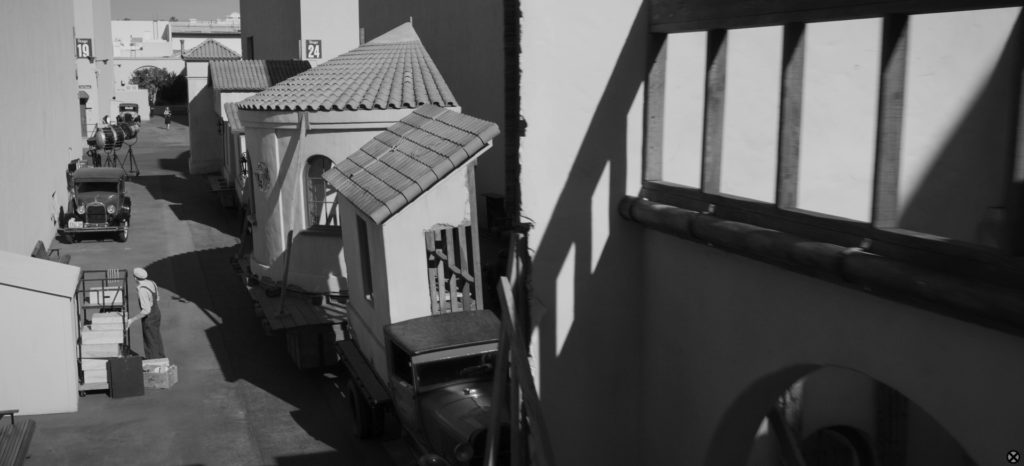
For those of us who live in Southern California, it’s the exteriors of 1930s and 1940s Los Angeles that are almost more astounding. The buildings erected in the first few decades of the twentieth century form the familiar backbone of the city that we know today. Burt, who has lived in Los Angeles for 40 years, understands this. For the walk and talk scenes set at Paramount Studios on Melrose, for example, he cheated the neglected Gower entry for the Melrose Avenue entry, which has been modernized in the ensuing years. He got lucky with some locations. The train station, as written, was at Union Station. A small detail in an autobiography of Marion Davies — the note that Hearst would leave tickets for his invited guests at The Glendate Train Station, led to a change of scenery. Fortunately, the Spanish Revival-style depot had undergone few renovations since it was built. The interior of the home that Mank shares with his wife, with Spanish Revival-style details, was built on a soundstage. So too were the writer’s rooms, the offices, the bathroom and the hospital. Kemper Campbell Ranch, where Mank holes up still exists. The exteriors were shot on location; the interiors were recreated on a soundstage enabling Burt and Pascale to juggle the layout, adding a kitchenette and a breakfast nook.
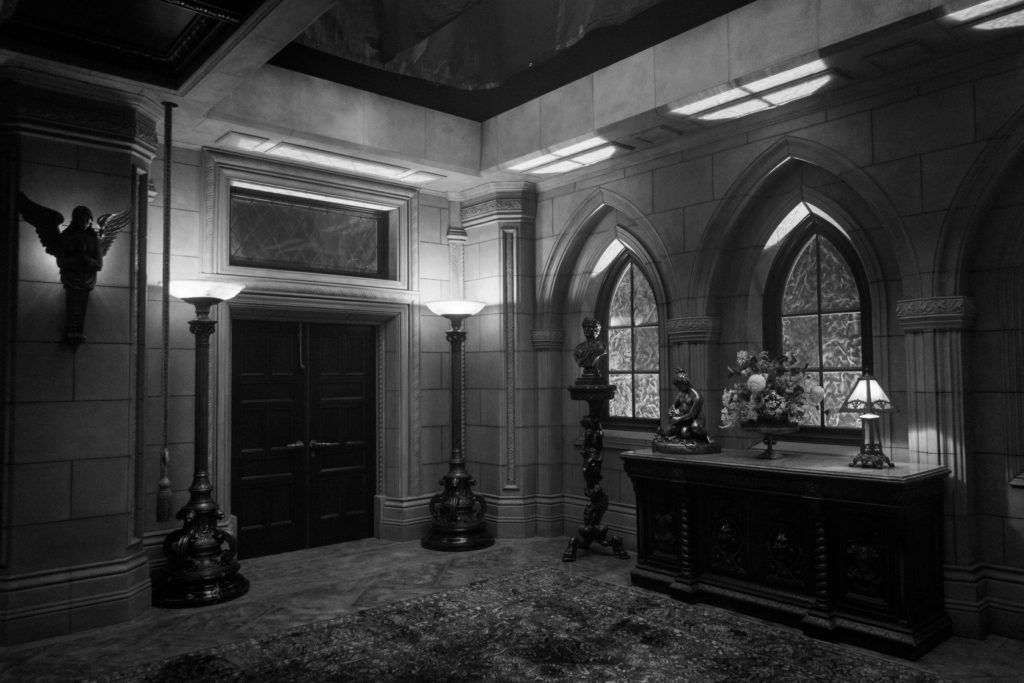
When it came to how the everything would look when shot in black and white, it was a matter of trial and error. Fincher has discovered that using the Noir filter on a iPhone mimicked the results he was getting from the camera he would be using. “There’s a certain part of you that says let’s just film what they would naturally be and see what happens,” Burt shares. In scene, where the characters await the results of an election, red white and blue balloons would be the natural choice “We tested red, white and blue balloons,” Burt says, “Amazingly the red looked blue, the blue looked black and the white looked like it was from and alien world. So we ended up finding some different balloons that were different values of gray.” In order to maintain the low key tone of the film for the actors — “We didn’t want to be jarring for them, to have it look like a carnival,” says Pascale, “We wanted to keep it real” — they stuck to a palette of greens, yellows, umbers and creamy whites.
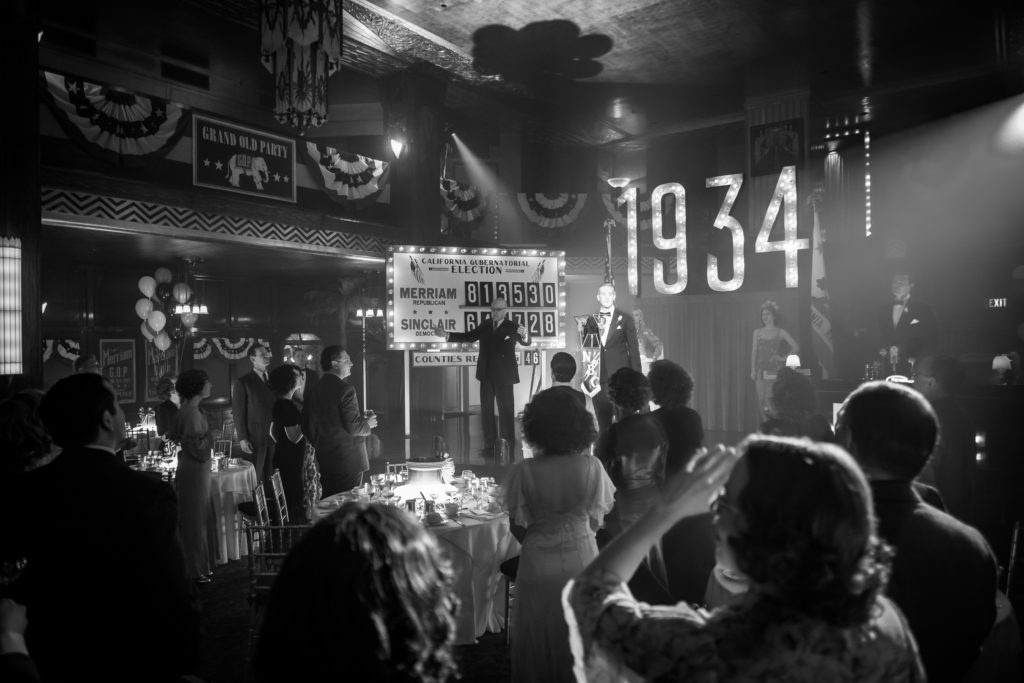
The result is a film that looks and feels as if was shot around the same time as its subject. “That was David [Fincher’s] objective. It resonated with me throughout the whole film,” says Burt.
